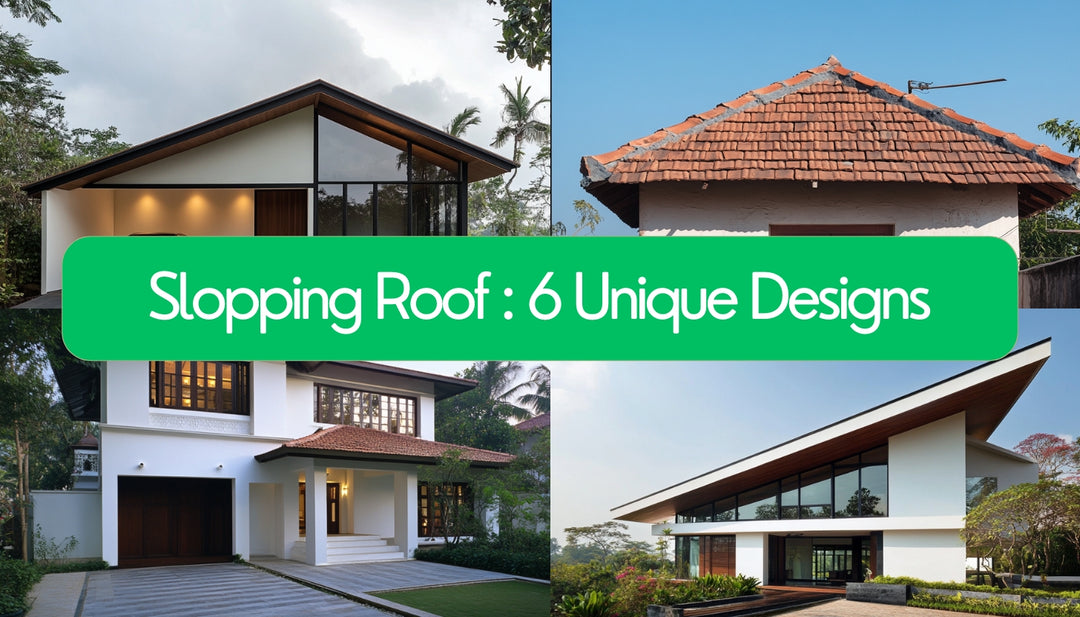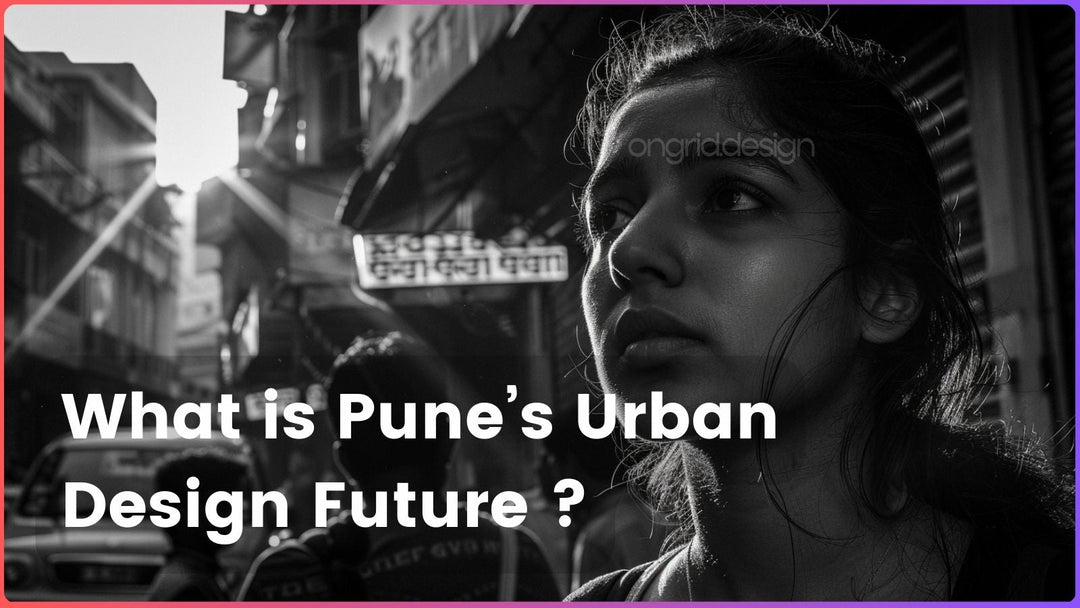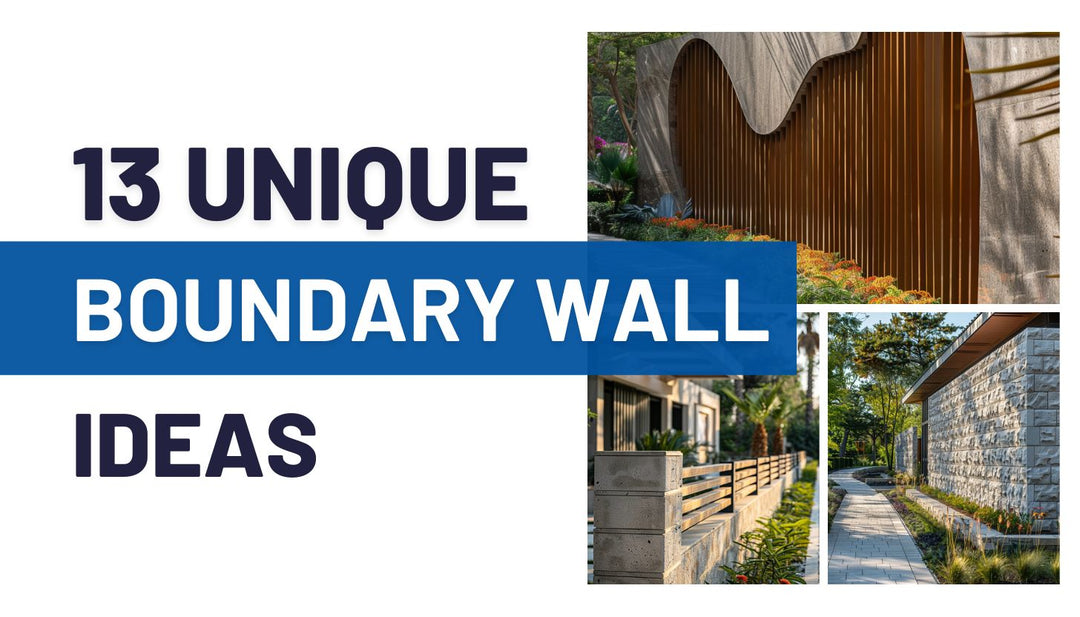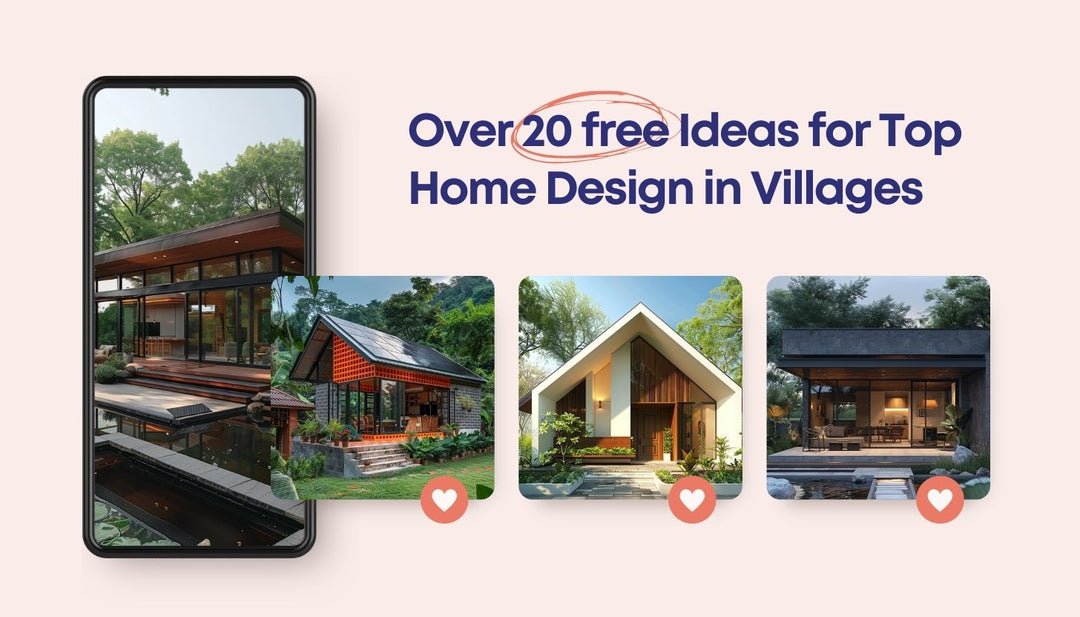6 Benefits of Interior Design that outlast Costs
 The Unseen Benefits of Good Interior Design
The Unseen Benefits of Good Interior Design
In the realm of aesthetics, interior design holds a special place. It's not just about creating a visually pleasing environment; it's about crafting spaces that enhance our lives, improve our well-being, and make our daily routines more efficient. In this article, we delve into the unseen benefits of good interior design and why it's worth investing in.
Key Takeaways
- Functionality: Interior design optimizes space for efficiency and ease of use.
- Well-being: Design choices like color and lighting can boost mood and comfort.
- Property Value: Good design can increase a property's appeal and price.
- Personal Style: Design allows for self-expression in your living spaces.
- Cost Savings: Professional designers can prevent costly mistakes and ensure durability.
- Energy Efficiency: Thoughtful design can enhance sustainability and reduce energy use.
Enhances Functionality of Your Space
Imagine walking into a room where every piece of furniture, every decor item, has its place and purpose. This is the essence of good interior design—it's like a well-choreographed dance, where every element works in harmony to create a functional and efficient space.
A well-designed space can transform even the most cluttered room into a functional haven. For instance, strategic furniture placement can create a flow that makes moving around a breeze, while smart storage solutions can hide away clutter and free up space.
Consider the living room, often the heart of a home. A well-designed living room can accommodate various activities, from watching TV and reading to entertaining guests. By choosing the right furniture and arranging it strategically, you can create distinct zones for different activities, making the space more functional.
For more inspiration on creating a functional living room, check out our collection of Living Room Design Inspirations.
Boosts Mood and Well-being
The spaces we inhabit have a profound impact on our psychological well-being. A well-designed space can boost happiness, reduce stress, and even improve sleep. This is where the art and science of interior design merge, creating spaces that not only look good but also make us feel good.
"Design is not just what it looks like and feels like. Design is how it works." - Steve Jobs
Here are some ways interior design can influence our mood and well-being:
- Colours: Blues can calm us, yellows can energize us, and greens can balance us. By understanding the psychology of colours, interior designers can create spaces that evoke desired emotions.
- Natural Light: It can boost our mood, improve our productivity, and even help regulate our sleep cycles. A well-designed space maximizes natural light, reducing the need for artificial lighting and creating a more pleasant environment.
- Personalized Decor: Surrounding ourselves with items that reflect our personality can make a space feel truly like home. Whether it's a collection of vintage posters or a shelf full of travel souvenirs, these personal touches can make a space more comfortable and inviting.
For more insights into the world of interior design, check out our article on What is Interior Design?
Increases Property Value
Investing in interior design can pay off in the long run by increasing the value of your property. A well-designed, aesthetically pleasing space can attract potential buyers and command higher prices. So, while you might pay upfront for professional design services, you could see a return on your investment when it's time to sell.
A well-designed kitchen, for example, can significantly increase a home's resale value. Modern, efficient appliances, ample storage space, and a pleasing colour scheme can make the kitchen more appealing to potential buyers.
For more inspiration on designing a kitchen that combines functionality and aesthetics, browse our collection of Inspiring Kitchen Design Ideas.
In conclusion, good interior design is more than just creating a beautiful space. It's about enhancing functionality, boosting well-being, and increasing property value. In the next sections, we'll explore more benefits of good interior design, including how it reflects personal style, saves money in the long run, and improves energy efficiency. Stay tuned!
Reflects Personal Style
Interior design is a form of self-expression. It's a way to tell your story through the spaces you inhabit. A well-designed home is like a canvas, reflecting the personalities, tastes, and lifestyles of its inhabitants.
"Your home should tell the story of who you are, and be a collection of what you love." - Nate Berkus
Here are some ways interior design can reflect personal style:
- Furniture: The furniture you choose can say a lot about your style. Whether it's a vintage coffee table or a modern sofa, each piece contributes to the overall aesthetic of your space.
- Colour Palette: The colours you choose for your walls, furniture, and decor can reflect your personality. Bold colours might suggest a vibrant, energetic personality, while neutral tones might suggest a more calm and collected demeanour.
- Decor: The decor items you choose, from artwork to throw pillows, can add a personal touch to your space. These items can reflect your interests, travels, or even your sense of humour.
For more ideas on how to express your personal style through interior design, check out our article on 20 Popular Design Styles.
Saves Money in the Long Run
While hiring a professional interior designer might seem like a luxury, it can actually save you money in the long run. Designers have the knowledge and experience to avoid costly mistakes, and they can make durable design choices that won't need to be replaced or updated as often.
Here are some ways a professional interior designer can save you money:
- Avoiding Costly Mistakes: Designers know how to measure correctly, choose the right materials, and foresee potential issues, helping you avoid costly mistakes.
- Access to Trade Discounts: Designers often have access to trade discounts, which can save you money on furniture, materials, and decor.
- Longevity: Designers can help you make durable design choices that won't need to be replaced or updated as often, saving you money in the long run.
To learn more about the benefits of hiring a professional designer, check out our article on Designer vs Decorator: What's the Difference?.
Improves Energy Efficiency
Good interior design isn't just good for you—it's good for the planet, too. Thoughtful design choices can improve energy efficiency and contribute to a more sustainable lifestyle. For example, strategic window placement can maximize natural light and reduce the need for artificial lighting.
Here are some ways interior design can improve energy efficiency:
- Natural Light: Maximizing natural light can reduce the need for artificial lighting, saving energy.
- Insulation: Proper insulation can keep your home warm in the winter and cool in the summer, reducing the need for heating and cooling.
- Sustainable Materials: Choosing sustainable materials can reduce your home's environmental impact.
For more ideas on creating an energy-efficient home, browse our collection of Elegant Washroom Design Elements.
In conclusion, good interior design is an investment that pays dividends in improved functionality, enhanced well-being, increased property value, and more. It's about creating spaces that not only look good but also make us feel good, reflect our personal style, save us money, and contribute to a more sustainable lifestyle. Ready to transform your space? Learn about our interior design services.










